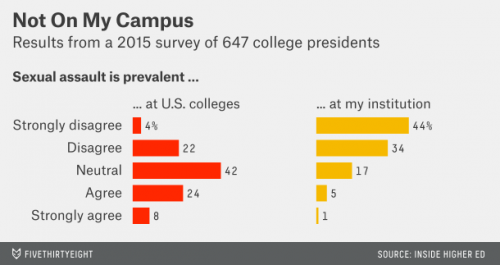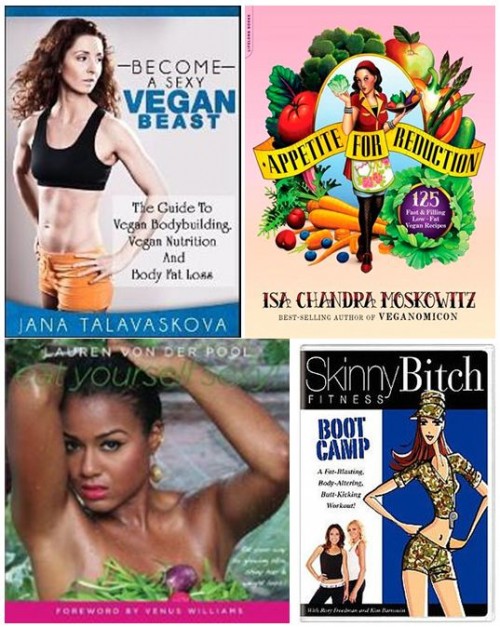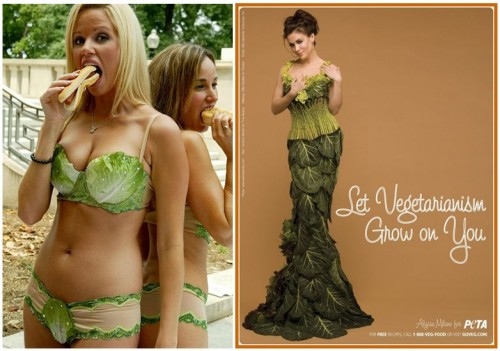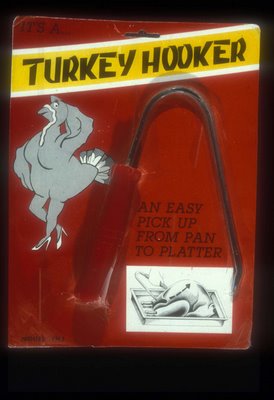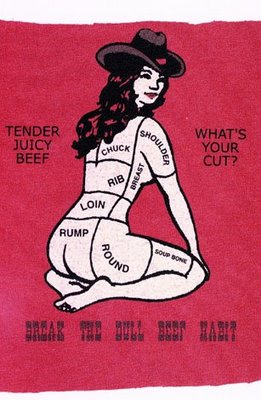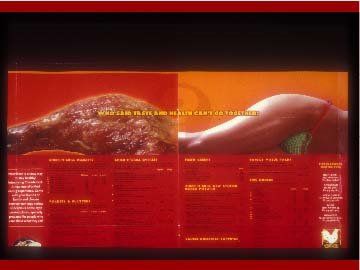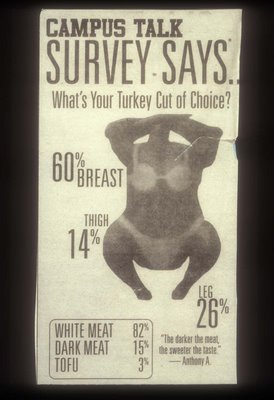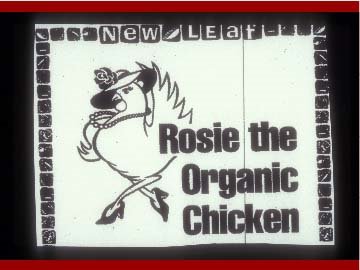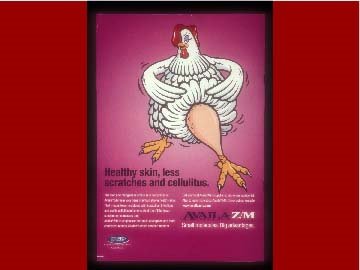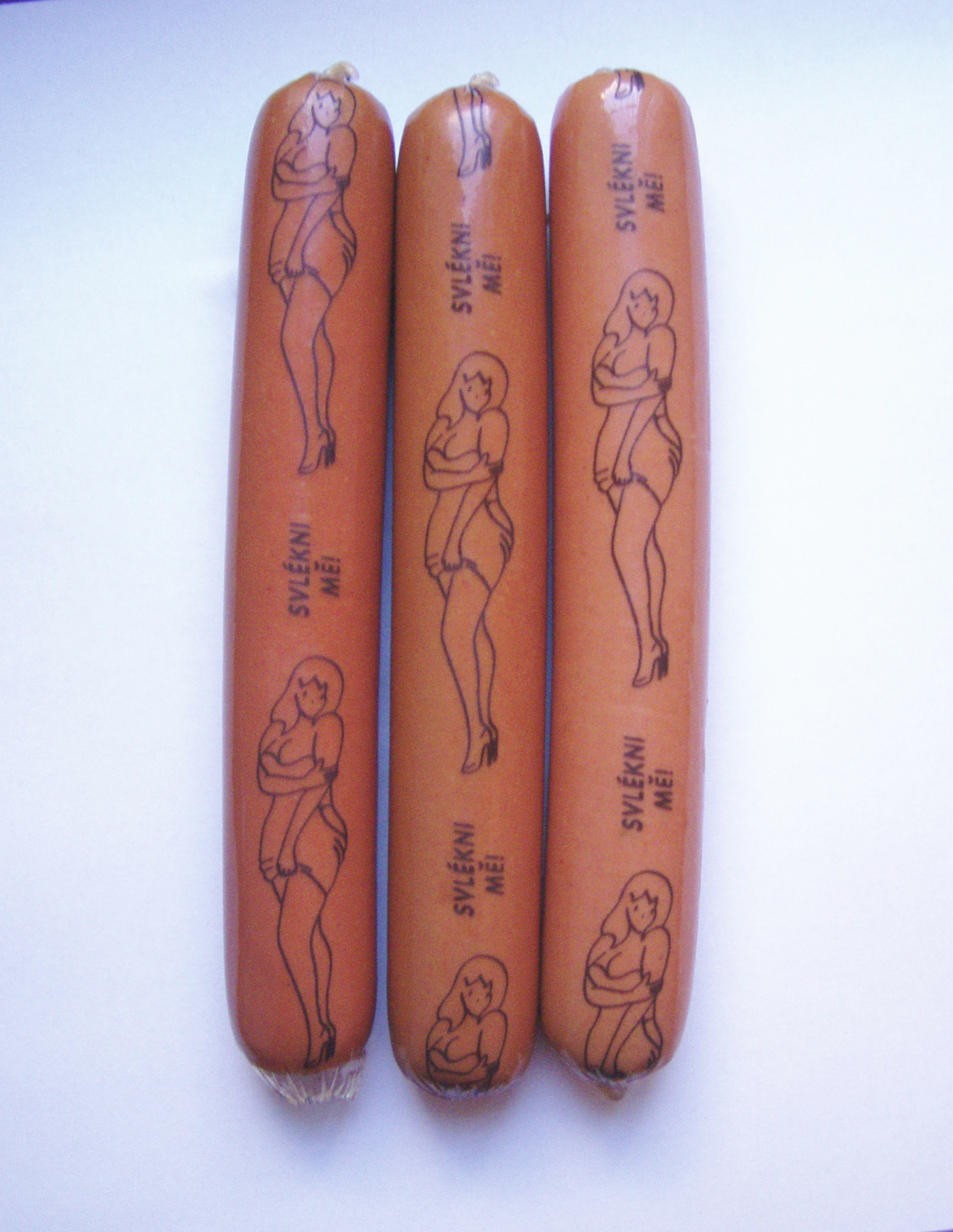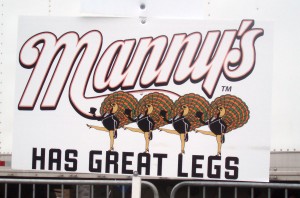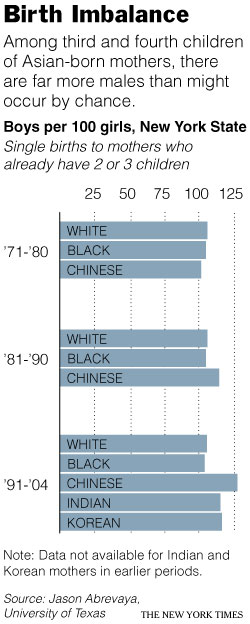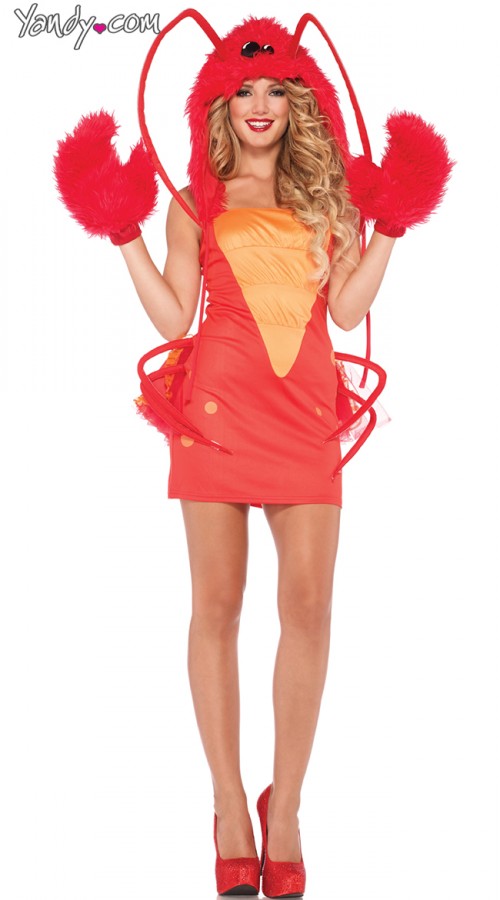The White House has made preventing sexual assaults on college campuses a priority, The Hunting Ground documents extensive institutional denial and malfeasance, the Department of Justice finds that one in five college women are assaulted, research shows that 1 in 25 college men is a serial rapist, and students at almost 100 campuses have filed federal complaints against their schools.
Yet, according to a study of 647 college presidents, only a third (32%) believe that sexual assault is prevalent on college campuses in general and only a tiny minority (6%) think it’s prevalent on their own campus.
This is stunning. Never before in history has the problem of sexual assault on campus been better documented. The media has never covered the issue so thoroughly, frequently, and sympathetically. We are in a moment of national reflection. Under these circumstances, a quarter of college presidents claim that sexual assault isn’t prevalent anywhere and 78% deny that it’s prevalent on their own campus.
These were confidential surveys, so impression management can’t explain these numbers. Those 94% of college presidents who don’t think that sexual crimes are prevalent at their schools either think the numbers are wrong, think their own institutions are exceptions, or think that one in five isn’t fairly described as “prevalent.” Or maybe some combination of the above.
No wonder faculty are frustrated and students around the country have felt forced to turn to the federal government for help. It’s clear. College presidents are either recklessly ignorant or willfully in denial — that, or they simply don’t believe women or don’t care about them.
Lisa Wade, PhD is an Associate Professor at Tulane University. She is the author of American Hookup, a book about college sexual culture; a textbook about gender; and a forthcoming introductory text: Terrible Magnificent Sociology. You can follow her on Twitter and Instagram.

